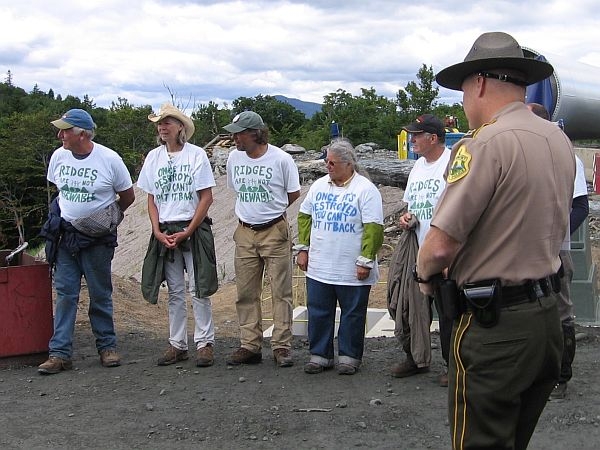Received Tuesday on Georgia EPD to suspend consideration of some new farm water permit applications 07/30/2012. -jsq
And Southern Company/Georgia Power are still pushing for power plants that waste hundreds of thousands of gallons of water daily (nuclear, biomass)? Water for cooling purposes instead of agriculture? That's about as insane as corn for the production of ethanol instead of feeding people. And how much water do wind mills or solar panels need once they have been installed? About as much as they create problems with air pollution and radioactive waste: zero!
Please note a recent article by George Monbiot on a global crisis caused by investments made in biofuels (e.g. ethanol from corn). To quote from the article (13 August 2012, Hunger Games):
"Already, 40% of US corn (maize) production is used to feed cars(6).The proportion will rise this year as a result of the smaller harvest. Though the market for biodiesel is largely confined to the European Union, it has already captured seven per cent of the world's output of vegetable oil(7). The European Commission admits that its target (10% of transport fuels by 2020) will raise world cereal prices by between 3 and 6%(8). Oxfam estimates that with every 1% increase in the price of food, another 16 million people go hungry."
Where does this leave our "Christian" values as we are obviously more concerned about feeding cars than the hungry?
-Michael G. Noll
-jsq












